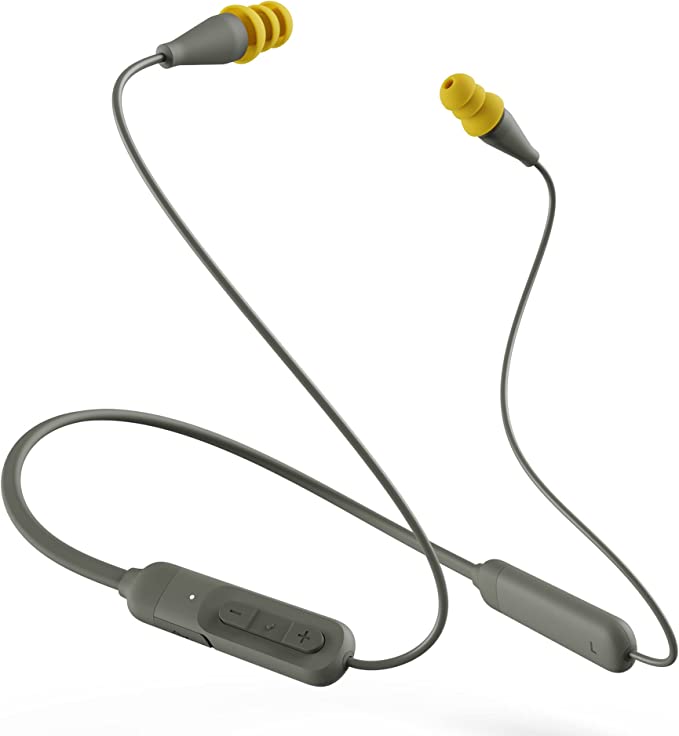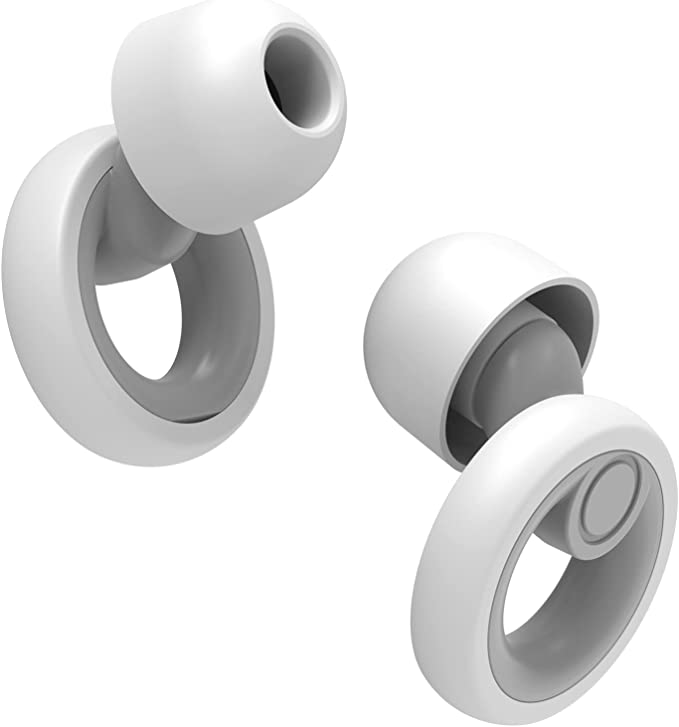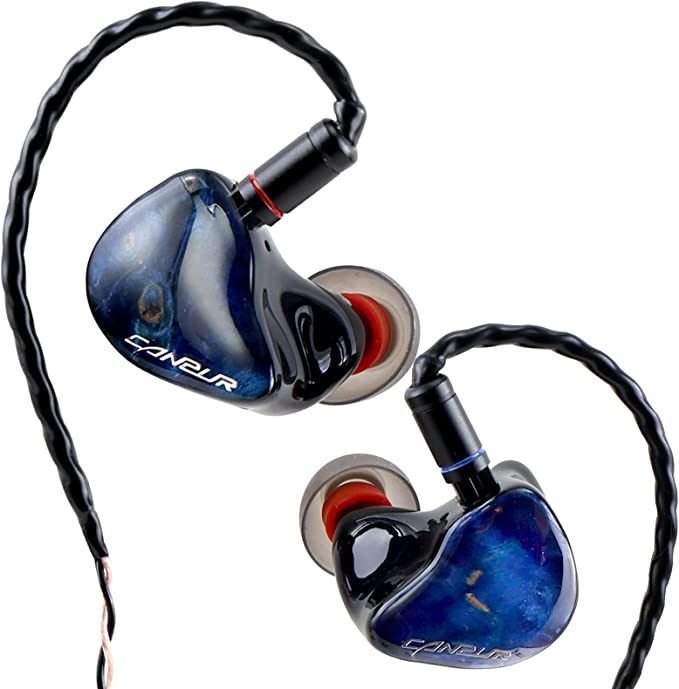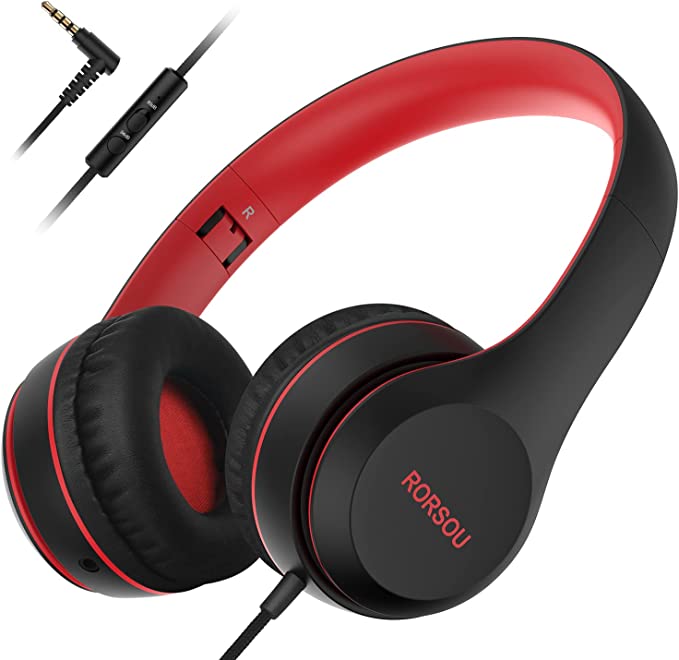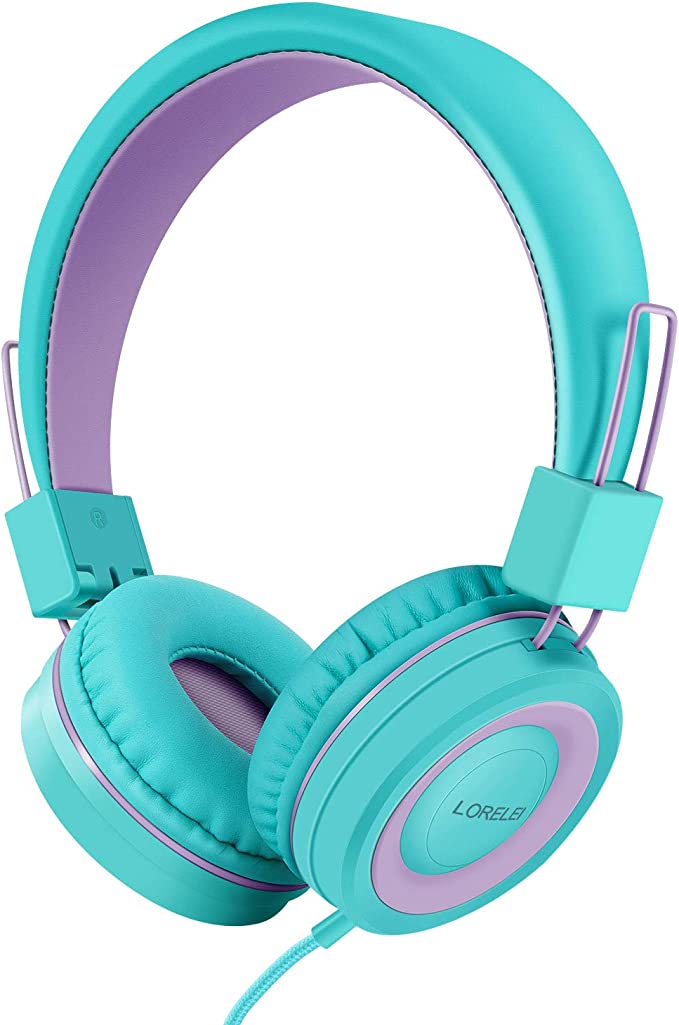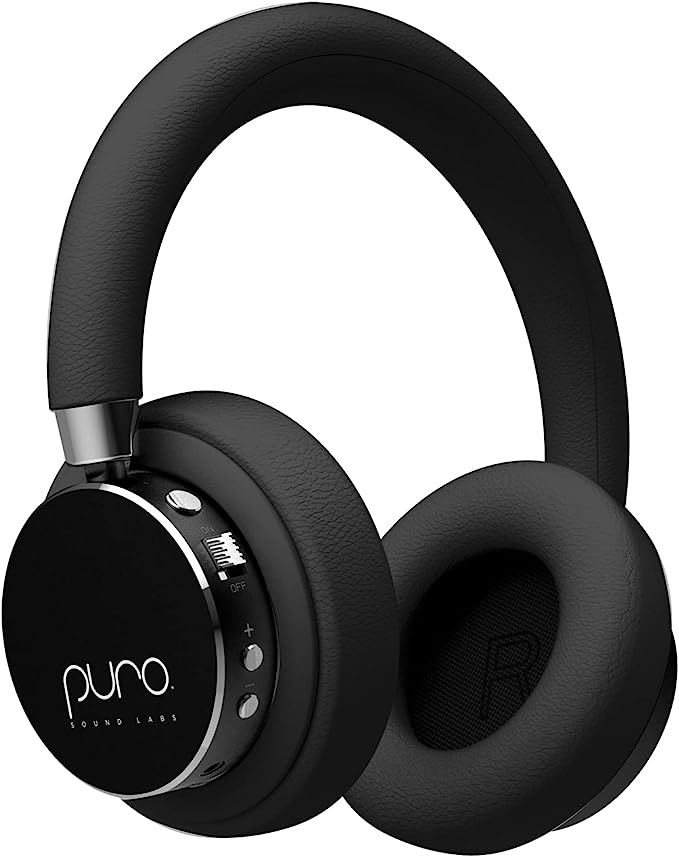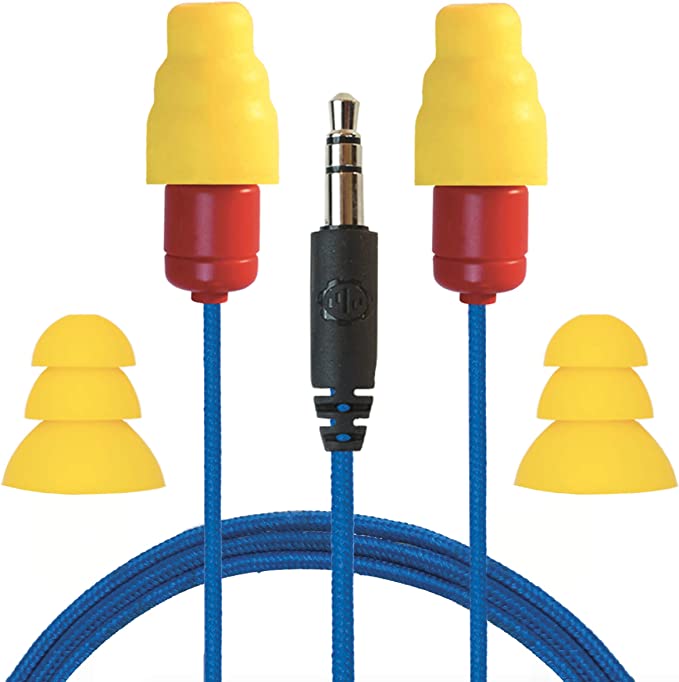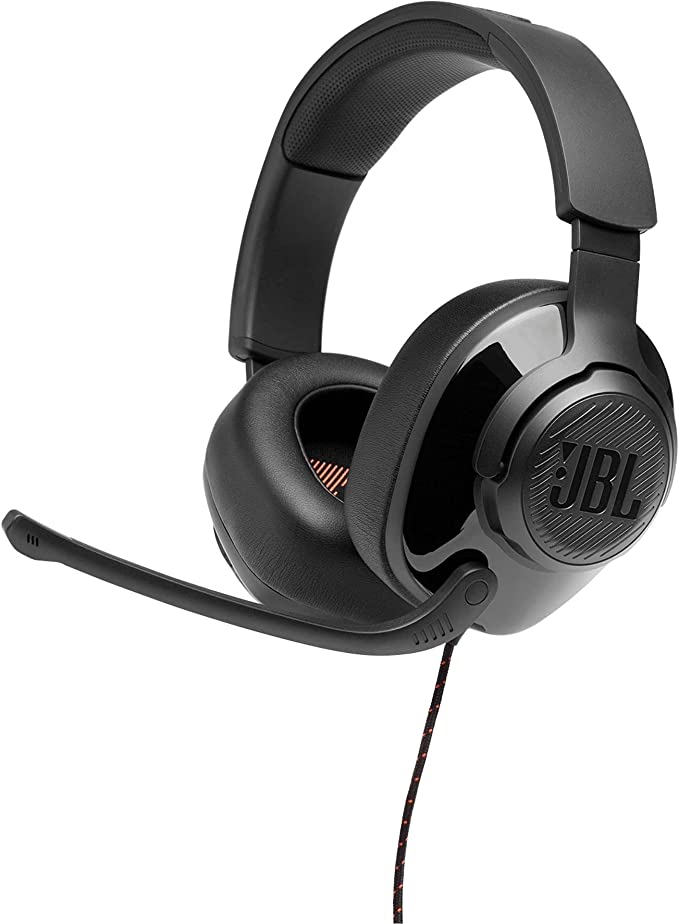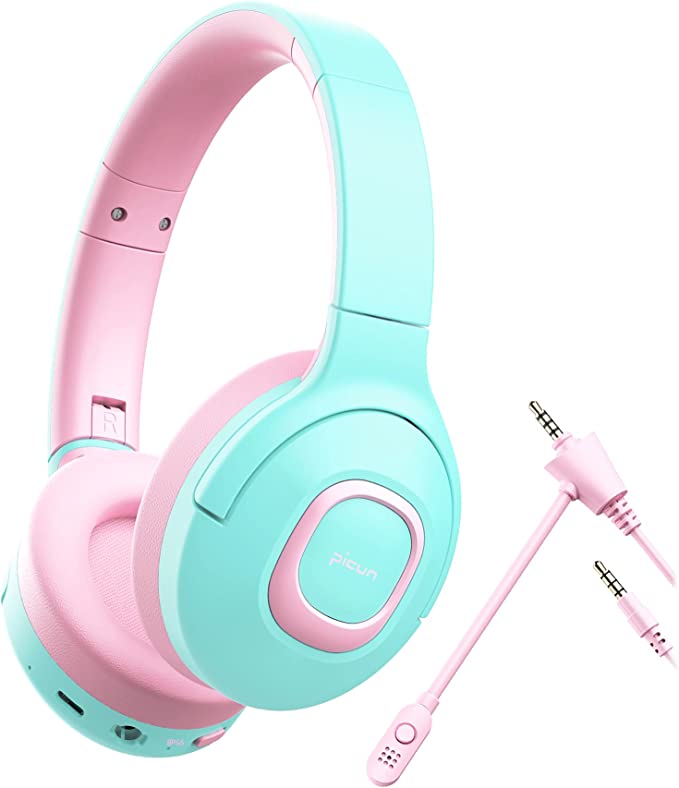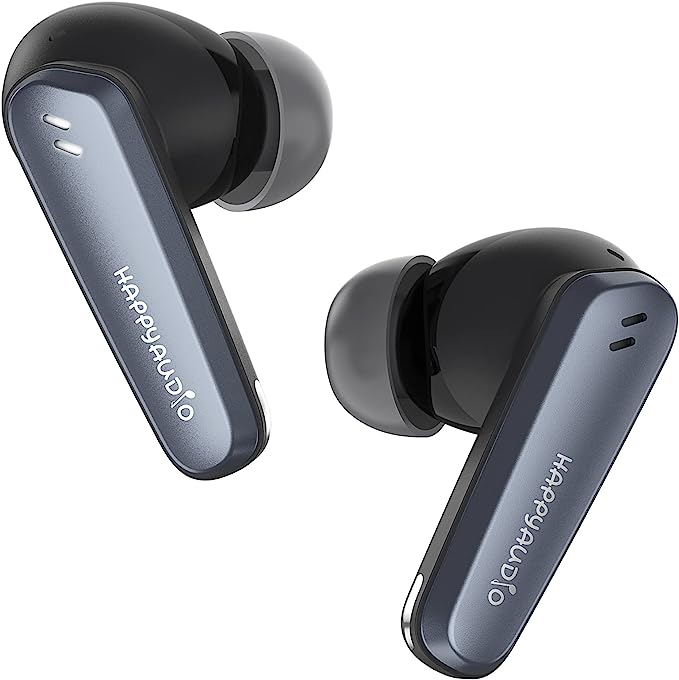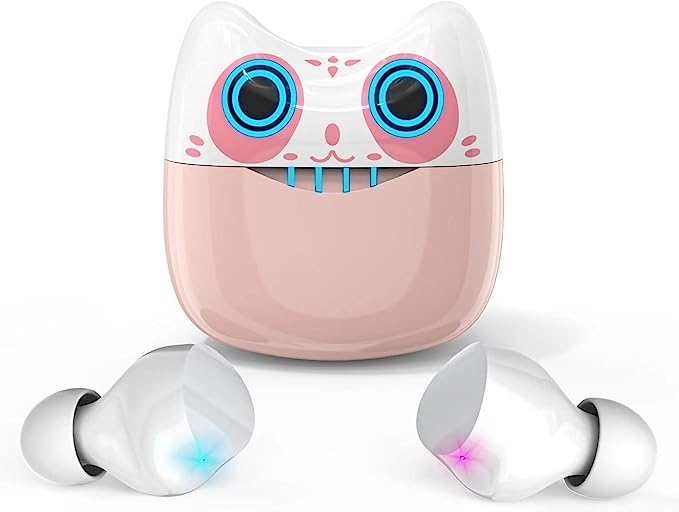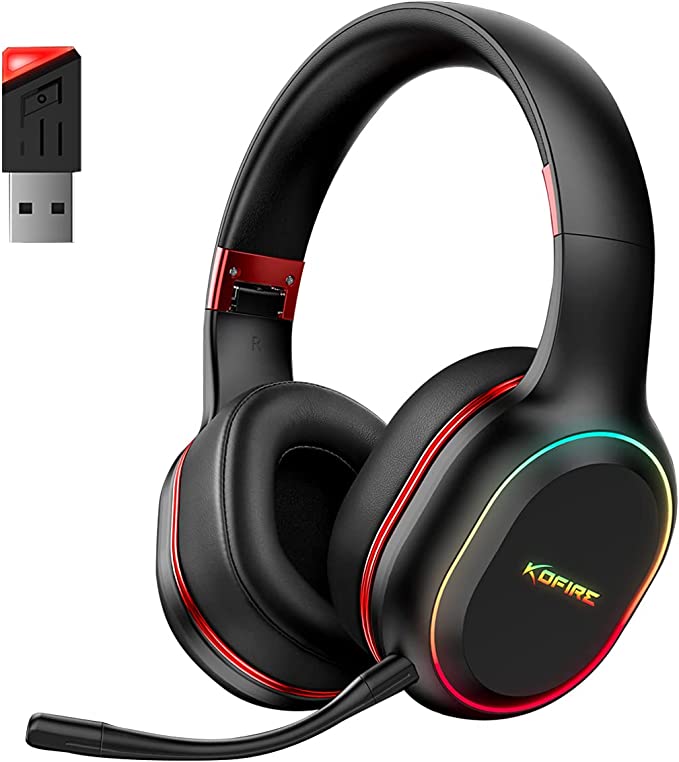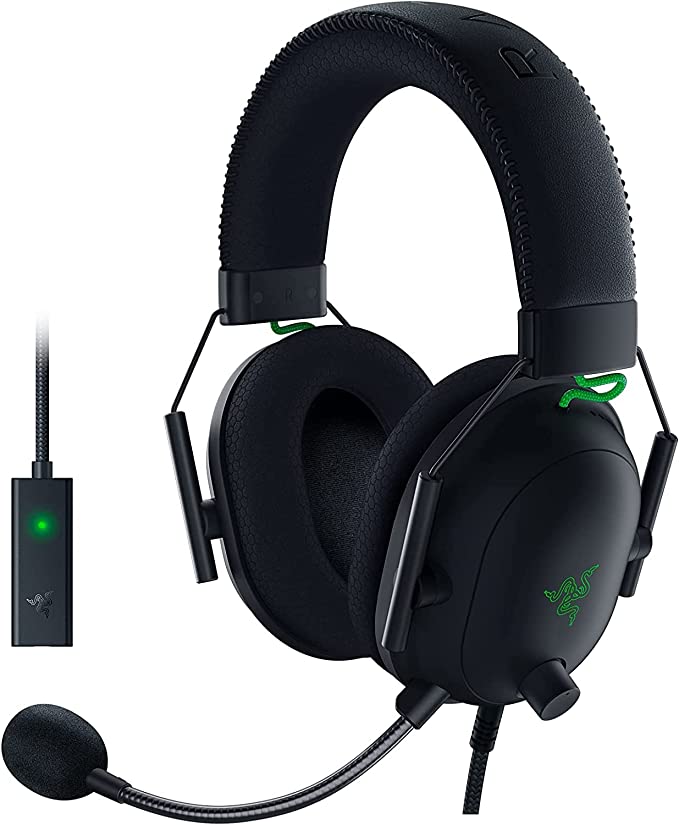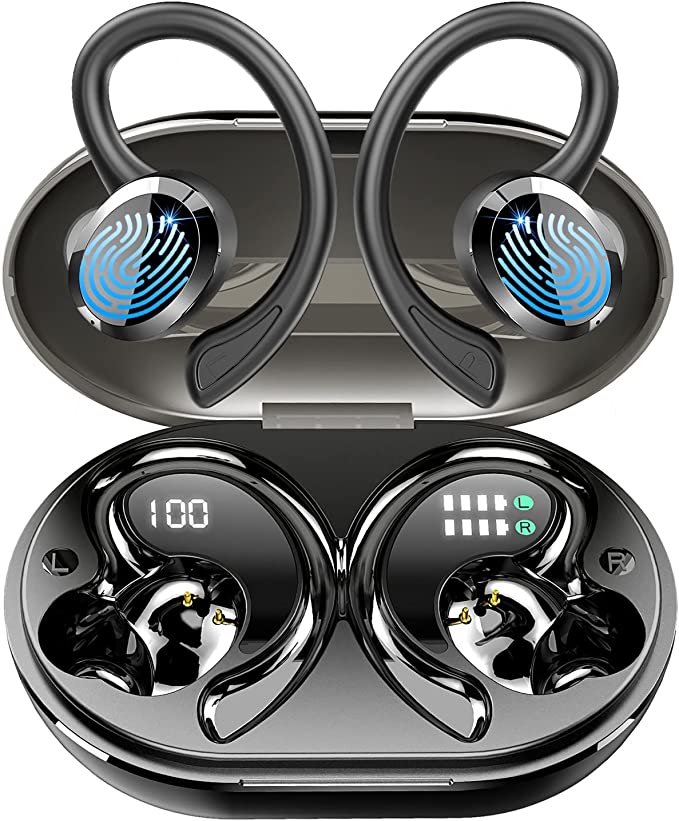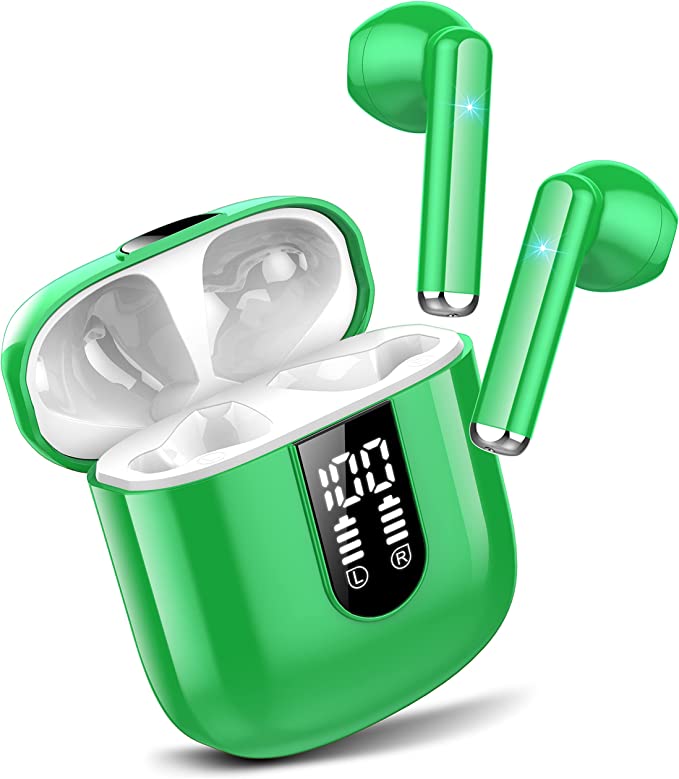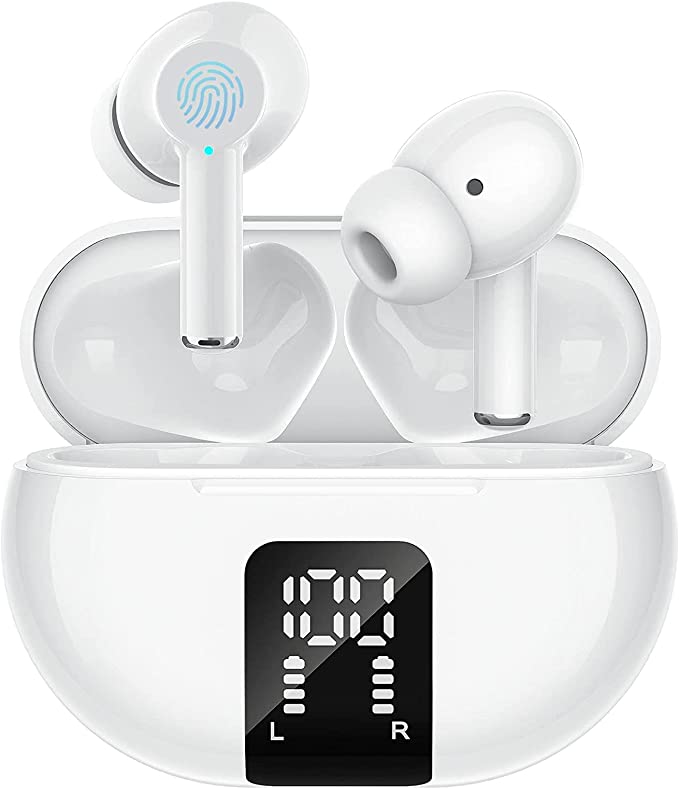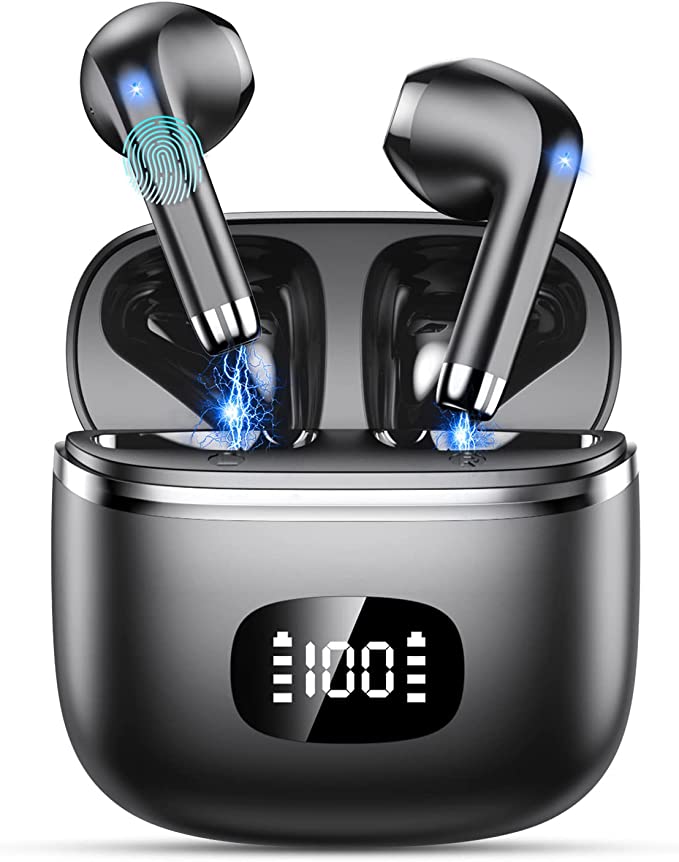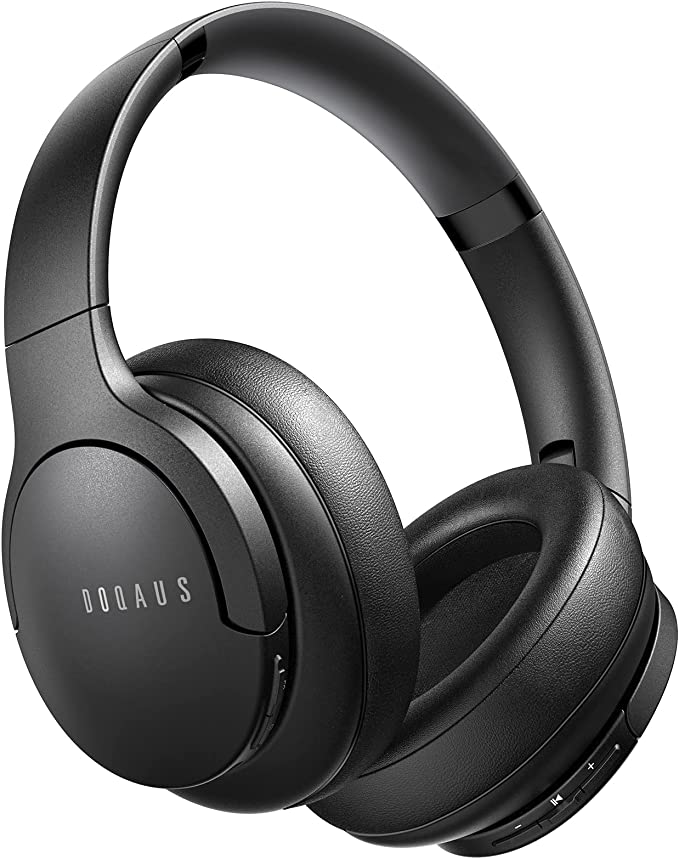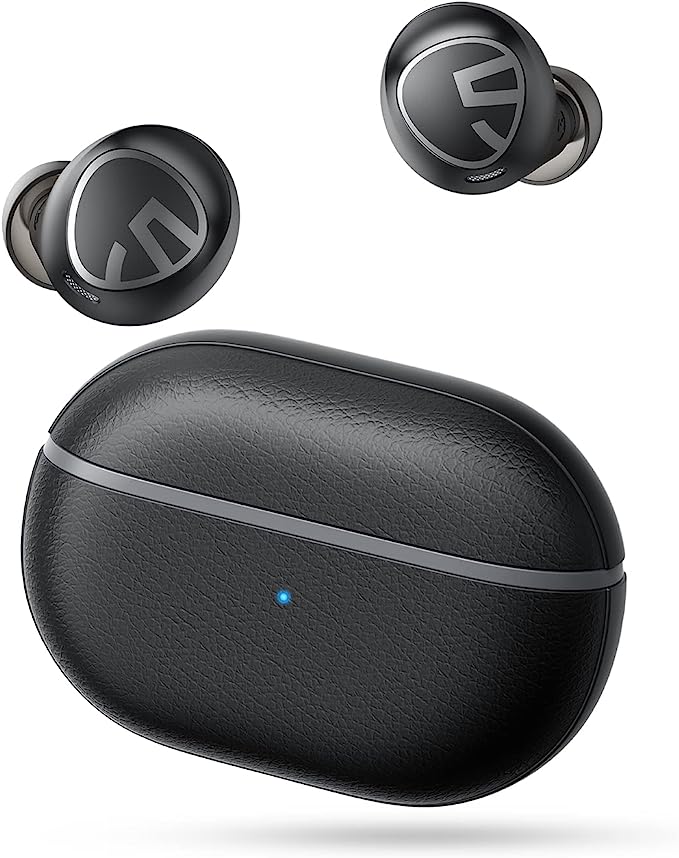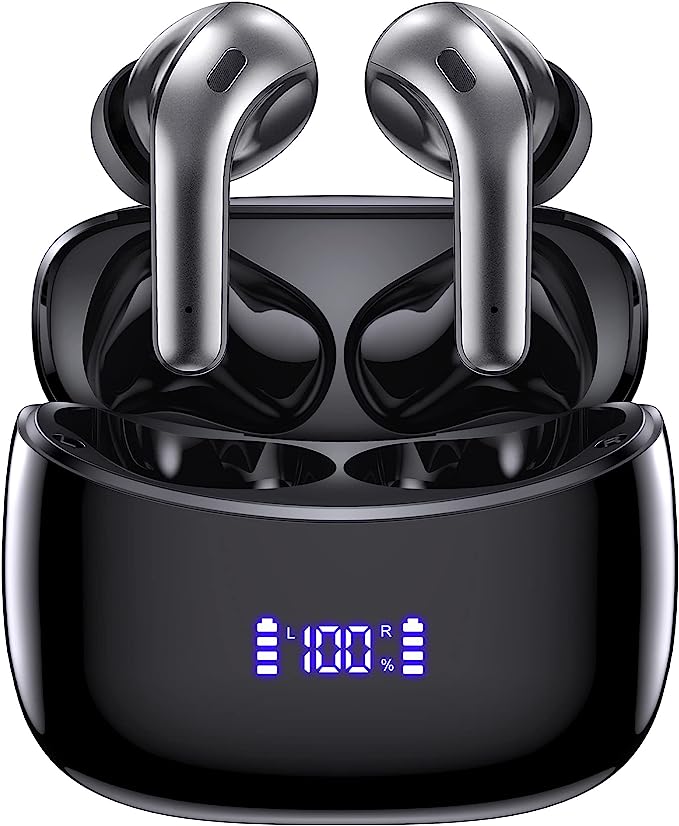The Gamer's Guide to Hearing Protection: Why 85dB Is Your Most Important Stat
Update on Oct. 29, 2025, 6:23 p.m.
Your Most Important Stat Isn’t In the Game—It’s In Your Ears
Let’s talk about the final circle. The tension is palpable. Your teammates are calling out enemy positions, explosions are shaking your screen, and the precise sound of footsteps could be the difference between victory and defeat. In these moments, you’re not just playing a game; you’re living it. Your headset is your gateway to this world, a direct line to the adrenaline and immersion.
But what if I told you that this gateway could be exacting a hidden toll? What if the very tool that gives you a competitive edge is slowly, silently, degrading your most valuable asset—your hearing?
This isn’t about fear. It’s about awareness. In the world of gaming, we track stats like K/D ratios, win rates, and reaction times. But the most important number for your long-term enjoyment of sound, both in and out of the game, is one you might not even know: 85 decibels.
Understanding this number is the first step to ensuring you can enjoy the roar of battle, the whispers of dialogue, and the soaring orchestral scores for a lifetime.
The Unseen Enemy: How Sound Can Harm You
To really grasp the danger, we need to step out of the game and into a little bit of science. Don’t worry, I’ll be your guide. Think of this as a crucial tutorial level for real life.
Sound travels in waves. The two things that matter for our purposes are its frequency (the pitch, from a deep bass explosion to a high-pitched bullet ricochet) and its amplitude (the loudness, measured in decibels, or dB).
Here’s the critical part: the decibel scale isn’t linear like a ruler. It’s logarithmic. This means that a sound at 100 dB isn’t just a little louder than a sound at 90 dB—it’s ten times more intense.
Inside your inner ear, in a tiny, snail-shaped structure called the cochlea, are thousands of microscopic hair cells. Imagine a pristine, untouched field of grass. These hair cells are like those blades of grass. As sound vibrations enter your ear, these hairs bend and sway, translating those vibrations into electrical signals your brain understands as sound. Specific groups of hairs are tuned to specific frequencies, allowing you to distinguish between a teammate’s voice and an approaching vehicle.
When you’re exposed to loud noises, it’s like a person running recklessly through that field of grass. The grass gets trampled. For a short while, it might spring back up. But if someone keeps running over the same spot, again and again, those blades of grass will eventually break and die.
That’s exactly what happens to your hair cells. Excessive volume permanently damages them. And here’s the irreversible truth: once they’re gone, they do not grow back. This is Noise-Induced Hearing Loss (NIHL). It’s not a disease; it’s a physical, permanent injury.
Finding the Safe Zone: The 85-Decibel Rule
So, how loud is too loud?
Decades of research from occupational health organizations like NIOSH (The National Institute for Occupational Safety and Health) and OSHA (Occupational Safety and Health Administration) have given us a clear benchmark. They’ve determined that exposure to any sound averaging 85 dB for up to 8 hours is the maximum safe limit for most people to avoid significant, permanent hearing loss over a lifetime.
What does 85 dB sound like? It’s roughly the noise of a busy city street or a running lawnmower.
Now, consider this:
- Motorcycle: 95 dB (10 times more intense than 85 dB)
- Rock Concert: 110-120 dB (Over 100 times more intense)
- In-game Explosion or Gunfire: Can easily spike to 100-115 dB
The louder the sound, the shorter the safe listening time. At 100 dB, permanent damage can occur in as little as 15 minutes. At 115 dB, it can take less than a minute. When you’re in a three-hour gaming session with intense sound effects, you are venturing deep into the danger zone, often without realizing it.
This is why simply “turning it down” isn’t always enough. In the heat of the moment, it’s easy to crank up the volume to hear a subtle cue, and game audio is notoriously dynamic, with quiet moments shattered by sudden, dangerously loud peaks.
Engineering a Solution: The Rise of Volume-Limiting Tech
For years, the audio industry chased louder bass and more powerful drivers. But a growing awareness of NIHL has led to a different kind of innovation—one focused on safety. This is where a new class of audio gear, designed with hearing protection at its core, comes into play.
The most effective solution is a headset with a built-in, intelligent volume limiter. This isn’t just a feature that makes the headset quieter overall. A well-designed system, like the one found in the PuroGamer 2.0 headset, acts as a digital guardian for your ears. It constantly monitors the audio signal being sent from your PC or console. If the signal would cause the headphones to produce a sound louder than 85 dB, the circuitry automatically and instantly adjusts it to stay within the safe limit.

This ensures you can play for extended periods without ever crossing into the territory of auditory damage. It’s an elegant solution that removes guesswork and the need for constant vigilance.
But safe audio doesn’t have to mean boring audio. Protecting your hearing shouldn’t come at the cost of performance. A quality volume-limiting headset also focuses on sound clarity. By implementing a balanced frequency response, it avoids the overpowering, muddy bass that can mask critical in-game sounds and contribute to listening fatigue. The goal is clean, precise audio that lets you hear everything you need to hear, just at a safe level. The 32 Ohm impedance rating also ensures that it’s easily powered by any device, from a high-end PC to a mobile phone, without needing a separate amplifier.
Beyond Audio: The Pillars of a Sustainable Gaming Experience
A truly “safe” gaming setup goes beyond just decibels. It’s about creating an experience you can sustain comfortably for years to come.
- Communication Clarity: Team-based gaming thrives on clear communication. A detachable, noise-canceling boom microphone is essential. It isolates your voice from background noise, ensuring your callouts are heard without forcing you or your teammates to shout, further reducing overall sound strain.
- Physical Comfort: Marathon sessions can lead to physical fatigue. A headset with soft, breathable materials, like the vegan leather used on the earcups and headband of many modern headsets, prevents heat buildup and discomfort. This allows you to stay focused on the game, not on adjusting your gear.
- Sensory Inclusion: For some individuals, loud, unpredictable sounds can be more than just physically damaging; they can be overwhelming and create a barrier to entry. The KultureCity “Certified Sensory Inclusive” designation given to some products signifies a commitment to creating experiences that are welcoming to people with sensory sensitivities, such as autism or PTSD. It’s a recognition that a controlled, predictable audio environment makes gaming more accessible for everyone.
Your Action Plan for Lifelong Hearing Health
Choosing the right gear is a massive step, but it’s most effective when combined with smart habits. Think of it as developing good game sense for your real-life health.
- Embrace Regular Breaks. Follow the 20-20-20 rule for your eyes (every 20 minutes, look at something 20 feet away for 20 seconds), and apply a similar principle to your ears. Step away for a few minutes of quiet every hour.
- Listen at a Conscious Level. Even with a volume limiter, you don’t need to play at the maximum setting. Find a comfortable level that allows you to hear everything clearly without pushing the limit.
- Protect Your Hearing Everywhere. Gaming isn’t the only source of loud noise. Be mindful at concerts, sporting events, or when using power tools. Hearing protection is a lifelong practice.
The future of gaming audio is not just about more immersive sound, but smarter, safer sound. By understanding the risks and adopting the right technology and habits, you are making an investment in your future. You’re ensuring that you can continue to enjoy every explosive moment, every subtle whisper, and every triumphant victory anthem for decades to come. Don’t let your passion for the game cost you the world of sound.




